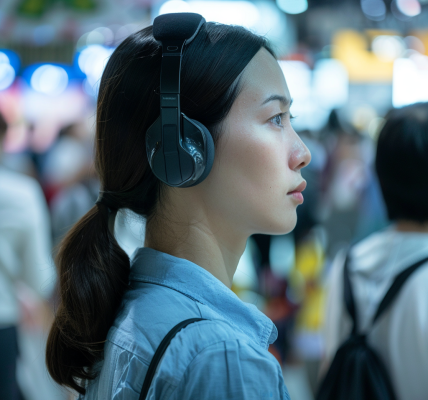How Scientists are Revolutionizing Photosynthesis to Maximize Crop Yields
Published: January 3, 2024 2.19pm CET
Authors:
- Jonathan Menary – Postdoctoral Researcher, Centre for Tropical Medicine and Global Health, University of Oxford
- Sebastian Fuller – Researcher of Implementation Science, University of Oxford
- Stefan Schillberg – Executive Director, Fraunhofer IME
Disclosure statement:
- Jonathan Menary receives funding from the European Union
- Sebastian Fuller receives funding from the European Commission and the UK National Institute for Health and Care Research
- Stefan Schillberg receives funding from the European Union
Photosynthesis is the starting point for almost every food chain, sustaining most life on Earth. You would be forgiven, then, for thinking nature has perfected the art of turning sunlight into sugar. But that isn’t exactly true. If you struggle with life goals, it might reassure you to know even plants haven’t yet reached their full potential.
Every evolved trait is a trade-off between the benefit it provides and its cost in energy. The plants we domesticated for food are only as good at converting sunlight to sugar as they had to be to survive and reproduce. From a given amount of sunshine, most plants convert less than 5% of that light energy into biomass, and under some conditions, less than 1%.
We now have the knowledge and the tools to maximize photosynthesis in a range of food crops – but scientists aren’t just studying how we help plants become better at photosynthesis out of curiosity. Climate change-driven weather such as drought and flooding is destroying crops and threatening crop yields around the world. This research is about making sure we can grow enough food to feed ourselves.
Many people think of plants as nice-looking greens. Essential for clean air, yes, but simple organisms. A step change in research is shaking up the way scientists think about plants: they are far more complex and more like us than you might imagine. This blossoming field of science is too delightful to do it justice in one or two stories.
This article is part of a series, Plant Curious, exploring sci





